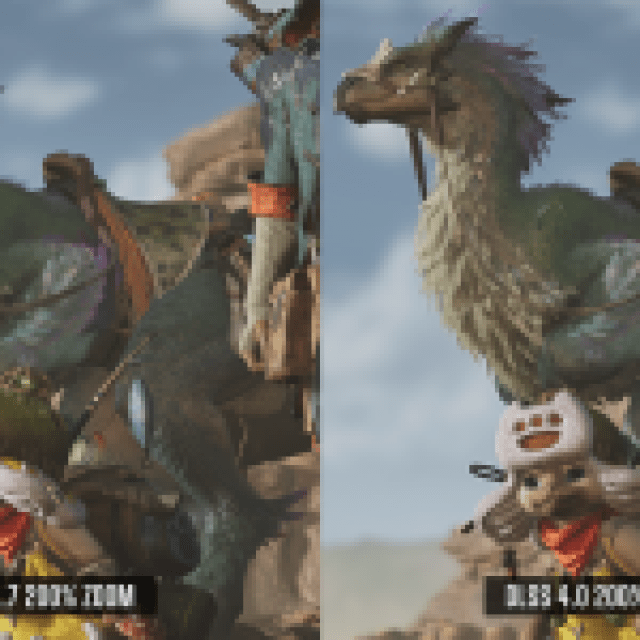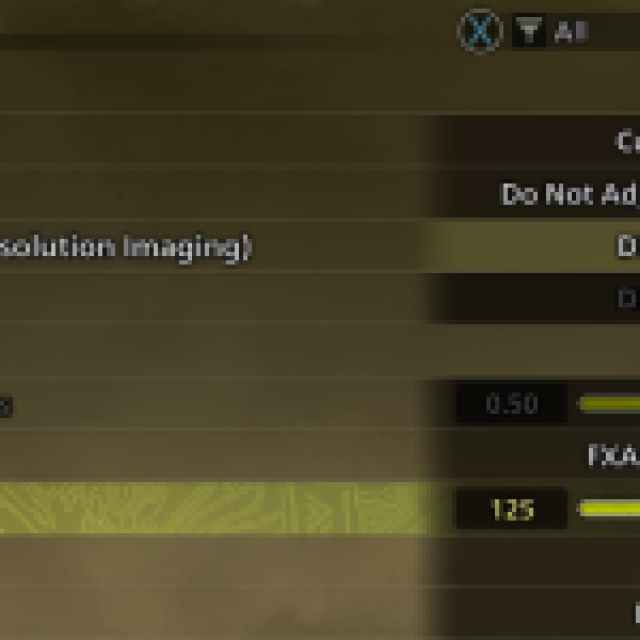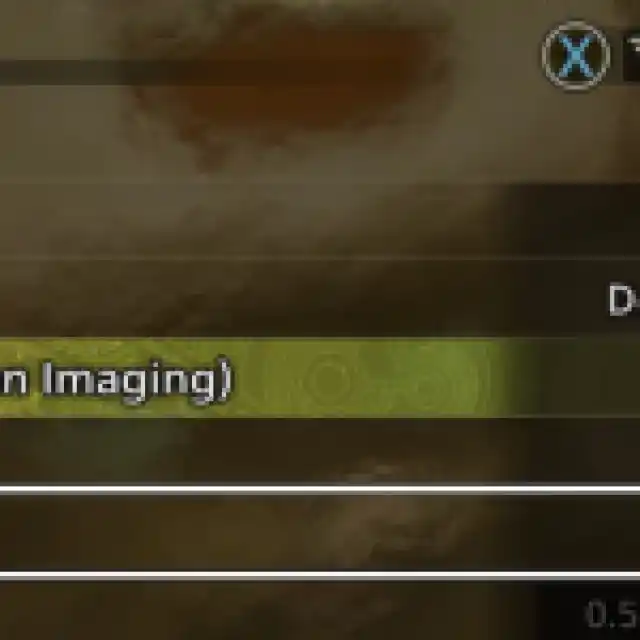How To Reduce the Monster Hunter Wilds Blur on PC
I can finally see!

Monster Hunter Wilds is the latest open-world title from CAPCOM built on the RE Engine. Like Dragon’s Dogma 2, there are some technical issues and the game heavily relies on upscaling to achieve a stable frame rate, both on PC and console.
This automatically reduces the overall clarity of the image, especially if you’re playing at a resolution like 1080p. Thankfully, there are ways to improve the overall clarity of the presentation and reduce the blur in Monster Hunter Wilds on PC.
NVIDIA RTX Users: Update DLSS to 4
If you have an NVIDIA RTX GPU (doesn’t matter which one), we highly recommend updating the DLSS version to the latest transformer model (DLSS 4). This improves the image quality significantly and will reduce the blur caused by TAA. Here is a comparison showcasing the new DLSS version in action, even at a lower resolution like 1080p.


Monster Hunter Wilds does not ship with this, but we’re expecting it to be added in a future update.
Increase the Internal Resolution
If you have the GPU bandwidth, you can increase the internal resolution of Monster Hunter Wilds to improve the overall image quality. Since Monster Hunter Wilds doesn’t have proper DSR/DLDSR support on PC, you’ll have to rely on this slider. However, it’s inaccessible if upscaling is disabled.
- First, disable upscaling to unlock the Render Scaling slider.
- Now, set it to something like 125% or 150% and save the setting. You can go for 200% as well, but that will essentially double the resolution.


- This will have a performance cost as you’re essentially increasing the resolution by a percentage.
- Now, with the value increased, you can turn on upscaling and frame generation back again. Whether you’re using DLSS, FSR, or XeSS, the resolution scale value will work in tandem with these.
Disable Motion Blur and Depth of Field
These settings come down to personal preference but I highly recommend turning off both Motion Blur and Depth of Field. These are in the third column of the graphics settings, and even the in-game image has a noticeable blur to showcase its impact on the final image.



NVIDIA Users: Use DLAA
Finally, if your system can handle it, consider using DLAA instead of the Quality preset. Yes, it’s demanding, but at the same time offers the most visual clarity and higher-quality reconstruction compared to the other presets.


Similarly, both FSR and XeSS offer the “Native” quality preset as well, which is much better than one of the other upscaling presets in terms of image quality.
A combination of these solutions can improve the overall image clarity and reduce the blur in Monster Hunter Wilds. You can also consider downloading the “High Resolution Texture Pack” if your GPU has tons of VRAM to spare.
